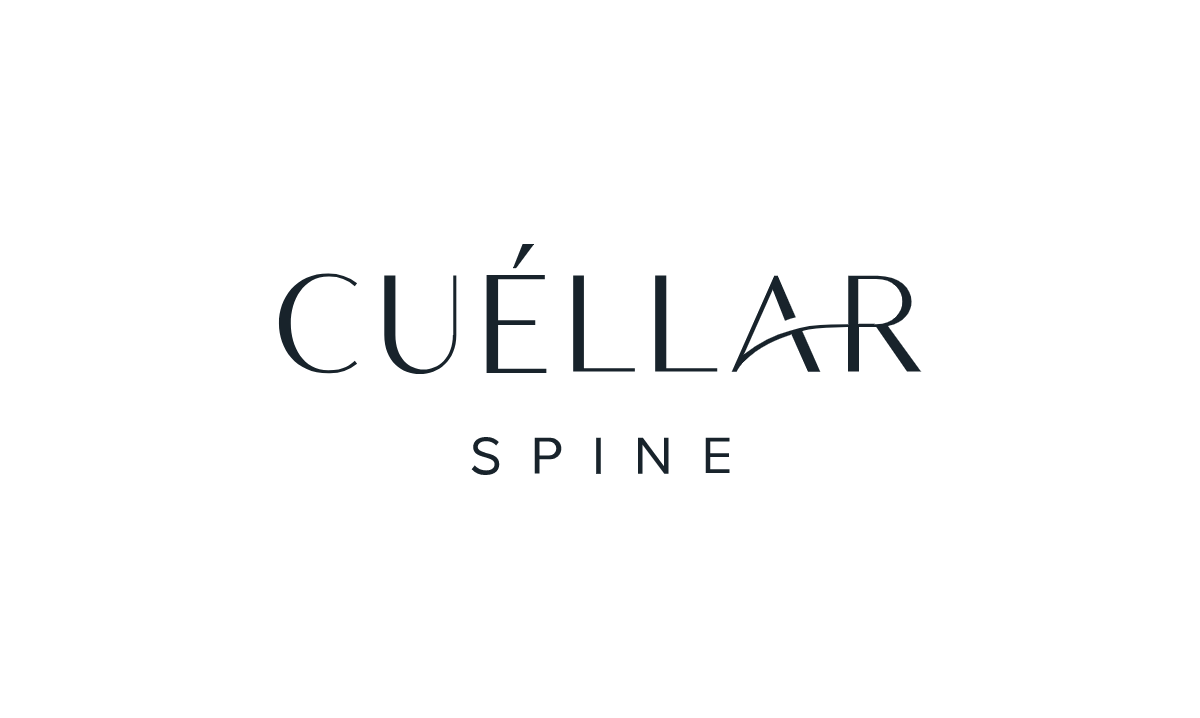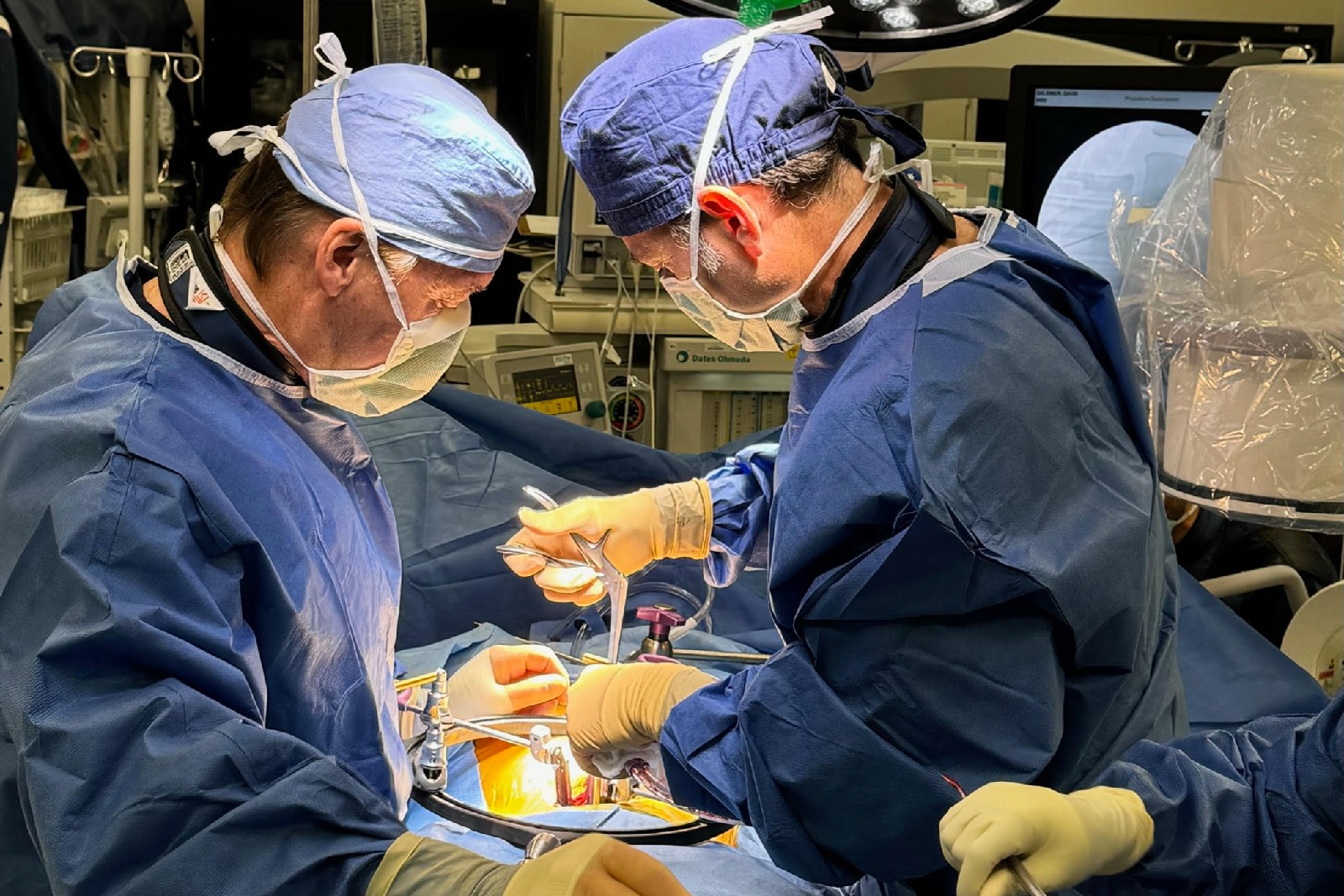Surgical Treatment Options for Sciatica: What You Need to Know

Sciatica is the term used to describe radiating pain that typically starts at or below the low back and travels down into the buttock, posterior thigh and calf. Pain may be accompanied by numbness and/or weakness. It is a common problem that may be caused by a herniated disc or bone spur that presses down on a spinal nerve root as it exits the spinal canal.
Sciatica may or may not require surgery – answering these simple questions is a quick way to discover if surgery is the right decision for your sciatica.
Sciatica can be caused by various underlying conditions. One common culprit is spinal stenosis, where the spinal canal narrows, putting pressure on the nerves. A herniated disc occurs when the soft inner material of a disc leaks out, irritating nearby nerve roots. Spondylolisthesis, the displacement of a vertebra, can lead to nerve compression and sciatic pain. Degenerative disc disease, often associated with aging, can contribute to sciatica as discs wear down and joints degenerate. Furthermore, a cyst or tumor in the spine may exert pressure on the nerve roots which lead to the sciatic nerve, causing discomfort. Identifying the specific cause of sciatica is crucial for tailoring an effective treatment plan and addressing the root of the pain.
Sciatica has likely become more than just a medical concern for you; it’s likely impacting various aspects of your life. The initial stages of this condition often involve nerve root inflammation, causing discomfort and disruptions to your daily activities.
However, it’s crucial to recognize that if left unaddressed, sciatica can progress to nerve root damage, potentially further compromising your quality of life. If your doctor determines that your condition has reached a point where conservative treatments like physical therapy are no longer sufficient, surgical intervention might be a viable option.
Before making this decision, it’s essential to consider your goals for the surgery. What outcomes are you hoping to achieve, and how do you envision your life post-surgery? Understanding the potential benefits and weighing them against the associated risks is a crucial step in making an informed choice about the most suitable course of action for your unique situation.
Dr. Jason M. Cuéllar, M.D., offers his patients positive outcomes for their conditions every day. As a highly-specialized spinal surgeon, his expertise in artificial disc replacement surgery makes him sought after by patients across the nation.
Sciatica is a type of low back pain that results from the inflammation of the nerve roots in you lower back leading to the sciatic nerve – it is also known as lumbar radiculopathy, or a pinched nerve in the place where it exits the spine (neuroforamen). This pain often starts in the lower back and radiates down buttock, thighs and the leg(s). While there are a number of options available when treating this condition, getting a proper assessment with your doctor will determine the best course of action for you.
What is Sciatica?
The sciatic nerve is a major lower extremity peripheral nerve that is formed when several of the lumbar nerve roots (L4, L5, S1) join together. Sciatica occurs when either the sciatic nerve itself or one of the nerve roots leading to the sciatic nerve gets compressed or irritated as it exits the spine.
Some symptoms of sciatica are:
- Pain radiating down the buttock, posterior thigh and calf.
- A loss of sensation/numbness along this distribution and sometimes in the foot and toes.
- Pain lifting the leg straight up from lying on one’s back
Patients can expect to have a full physical evaluation when being tested for sciatica. This evaluation may also include strength and resistance testing as well as imaging.
Meet Dr. Jason M. Cuéllar, Palm Beach County Spine Surgeon
Dr. Jason M. Cuéllar, M.D., is a fellowship-trained orthopaedic spine surgeon. He specializes in treating spinal disorders and is committed to both surgical and non-surgical options for his patients. He attended Stanford University Medical School and received his Ph.D. at U.C. Davis. In addition, Dr. Cuéllar specialized in pain research, completing his post-doctoral research as a medical scholar’s research fellow.
Dr. Cuéllar has treated many patients over the years – each with their own unique conditions and comorbidities. He is devoted to seeing each patient through their treatment from start to finish, regardless of whether that treatment involves surgery. Dr. Cuéllar has been practicing as a fellowship-trained orthopaedic surgeon for many years and he has changed many patients’ lives for the better through artificial disc replacement surgery. Dr. Cuéllar has also treated many patients suffering from scoliosis, including children.
Dr. Cuéllar is affiliated with Jupiter Medical Center, JFK North Hospital in West Palm Beach and Aventura Hospital in Miami.
Why Dr. Cuéllar is top choice for sciatica treatments
Dr. Cuéllar was inspired to study and treat patients suffering from spinal conditions due to his own pain journey. He wanted to understand how to better treat his own failed surgery, for which he sought out treatments for twenty years until finally turning to artificial disc replacement. Dr. Cuéllar is one of the nation’s top choices when it comes to spinal surgeons because of his life-long dedication to the subject and finding solutions, and because of his holistic and multidisciplinary approach.
Surgical Treatments for Sciatica
1. Microdiscectomy: Minimally Invasive Surgery
A microdiscectomy is a procedure where a herniated disc (or part of it) is removed from the spine. A microdiscectomy may be recommended by your doctor if there is a disc herniation causing nerve root compression. A microdiscectomy relieves the pressure being placed on the nerve root by the disc herniation.
2. Artificial Disc Replacement (aka total disc replacement or total disc arthroplasty)
An artificial disc replacement (ADR) is a surgical procedure where a degenerative disc or herniated disc is removed and replaced with a permanent artificial one. While age is not necessarily a factor in determining whether an artificial disc replacement surgery is right for you, there are a number of other factors that may play into whether or not this procedure is best in treating your condition.
An artificial disc replacement surgery is a minimally invasive procedure, which means there is less risk to the patient than the traditional fusion route. A minimally invasive procedure means smaller incisions, less anesthesia, and quicker recovery time. An artificial disc replacement also allows patients to maintain the natural movement of the spine.
A lumbar artificial disc replacement may be beneficial for patients suffering from sciatica caused by disc degeneration or disc herniation in the lumbar spine. Ask your surgeon if an artificial disc replacement is right for you and your condition.
3. Lumbar Decompression Surgery
A lumbar decompression is a type of surgery used to treat compressed nerves in the lower spine. This procedure improves symptoms such as persistent pain and numbness in the legs caused by pressure on the nerve roots in the spine. A lumbar decompression is recommended in order to reduce the pressure that is being placed by a bulging, herniated or collapsed intervertebral disc or bone spurs.
Recovery and Rehabilitation
There are also precautions and restrictions that your doctor will place on you after the surgery that will help to keep your spine safe during recovery. This may include restrictions on your movements and lifting, pulling, pushing objects over a certain number of pounds.
Physical therapy is a very important part of the recovery process. As our bodies heal and recuperate, our muscles surrounding the surgical site can play a big role in keeping us strong and healthy and expedite the healing process.
It usually takes patients up to 6-12 weeks to recover from lumbar decompression surgery. Post-surgery you will likely need help with preparing meals, cleaning, laundry and other house chores during the period immediately after surgery. Plan ahead for someone to assist you during this time and board any pets you will not be able to attend to without pulling (a leash) or lifting in order to care for them without violating your movement restrictions.
Patients with sciatica have a range of treatment options at their disposal. These include non-invasive approaches like physical therapy, medication, and pain management therapy, which aim to alleviate symptoms and improve overall function. However, for cases that do not respond adequately to conservative treatments, there are more advanced options, including surgical interventions. These can range from minimally invasive decompression or artificial disc replacement, designed to address specific issues with less impact on surrounding tissues, to more traditional approaches like spinal fusion. The variety of choices allows for a tailored treatment plan, taking into account the severity and nature of the individual’s sciatic condition.
Dr. Cuéllar is dedicated to finding solutions for his patients that lead to a pain-free life. Reach out today for a consultation with Dr. Cuéllar and discover the best treatment option available for your condition. Dr. Cuéllar is a highly sought after surgeon for ADR and has had many successful patients find freedom from pain caused by their spinal conditions. Book your consultation today and learn if ADR is right for you!
FAQS:
Are there any non-surgical alternatives for severe sciatica?
There are a number of non-surgical options available for patients with sciatica, such as cold and heat therapy, PT, chiropractic treatment and massage, steroid injections, nerve blocks and radiofrequency.
How do I know that artificial disc replacement is the right choice for me?
Reach out today for a consultation with Dr. Cuéllar and find out if ADR if the right choice for you!
What triggers sciatica?
Patients can experience a sciatica flare-up due to not maintaining good posture, sitting too long, gaining weight, or becoming pregnant.
Is there a permanent fix for sciatica?
This will depend on the cause.
What is the success rate for sciatica surgery?
Most people experience up to 90% improvement from a surgical treatment of sciatica.
More News & Insights from Cuéllar Spine
Exploring the Success Rates and Benefits of Laminectomy Without Fusion Surgery
Lumbar disc replacement surgery offers a promising alternative to traditional treatments for debilitating back pain and limited mobilit
The State of Outpatient Spine Surgery in 4 Studies
Outpatient spine surgery is growing, and its outlook suggests the trend will likely continue. Here are four studies illustrating the st
The Pros and Cons of Lumbar Disc Replacement (Also known as Total Disc Replacement (TDR), Total Disc Arthroplasty (TDA), or Artificial Disc Replacement (ADR))
Lumbar disc replacement surgery offers a promising alternative to traditional treatments for debilitating back pain and limited mobilit
10 Signs You May Need Revision Spine Surgery
Revision spine surgery, also known as secondary spine surgery, plays a crucial role in addressing persistent or recurrent spinal condit
Lumbar Total Disk Replacement Device Removals and Revisions Performed During a 20-Year Experience with 2141 Patients
This was a retrospective study with prospective patient contact attempted to collect current data.
36-Year-Old Male with History of Neck Pain
36-Year-Old Male with History of Neck Pain Radiating Into Both Shoulders, Numbness in Radial 3 Fingers of Both Hands
Problems with Artificial Disc Replacement
Artificial disc replacement (ADR), also known as total disc replacement (TDR), has emerged as a revolutionary approach in the field of
Top 5 Ways a Spinal Surgeon Can Help with Neck Pain
It is easy to take the movement in our necks for granted - and yet, when we are in pain, our neck flexibility can become extremely limi
ADR Spine Announces the Inclusion of Four Surgeons to Its National Top Doctors in Arthroplasty Program
ADR Spine Welcomes Elite Physicians to Top Doctors in Arthroplasty Program










